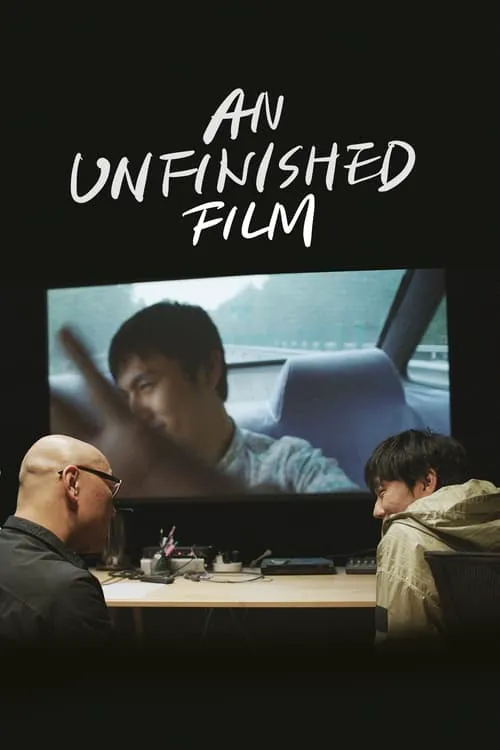An Unfinished Film

Plot
The film crew had been assembled in the hotel near Wuhan, a bustling metropolis in the heart of China, with a singular purpose – to resume production on a movie that had been interrupted ten years ago. The project, now a decade in the making, had been plagued by controversy, creative differences, and ultimately, a sudden and inexplicable halt to production. Despite the passage of time, the filmmakers were determined to bring the story to life, to finally tell the tale that had been percolating in their minds for so long. As the crew members began to arrive at the hotel, the atmosphere was electric with anticipation. Some had been working on the film for years, while others had joined the project more recently, but all shared a sense of curiosity and trepidation. They knew that the circumstances surrounding the original halt in production were shrouded in mystery, and many of them had their own theories about what had happened. The hotel itself was a modern, sleek structure with all the amenities a film crew could ask for. The crew was given access to spacious rooms, a well-equipped kitchen, and a state-of-the-art soundstage. As they settled in, the director, Wu, began to discuss the vision for the film with his team. Wu was a passionate and driven individual, known for his uncompromising standards and unwavering commitment to his art. The story itself was a complex and layered tale of love, loss, and redemption, set against the backdrop of China's rapidly changing landscape. It was a sweeping epic that would take the crew to the depths of human emotion and the farthest reaches of the country's diverse regions. As Wu outlined his plan, the crew was struck by the sheer scope of the project and the challenges that lay ahead. Just as the crew was beginning to settle into a routine, news broke of an unexpected event that would change the course of the film's production forever. A sudden surge in COVID-19 cases had erupted in the city, prompting the authorities to lock down the hotel and confine the crew to their rooms. Panic set in as the crew struggled to come to terms with the sudden disruption to their plans. Wu was determined to find a way to continue production, but the obstacles seemed insurmountable. The Chinese government had strict protocols in place to control the spread of the virus, and the hotel was being treated as a quarantine zone. As the days turned into weeks, the crew found themselves trapped in the hotel, their plans for the film hanging precariously in the balance. Wu and his team held emergency meetings to discuss their options, while the rest of the crew retreated to their rooms, their hopes and dreams hanging by a thread. Despite the adversity, the crew refused to give up. They banded together, pooling their resources and creativity to find a way forward. Wu began to rework the script, incorporating the realities of the pandemic into the narrative. The crew members started to brainstorm new locations, using the hotel's corridors and rooms to create a unique and intimate setting for the story. As the days passed, the hotel became a microcosm of society itself – a place of confinement, uncertainty, and resilience. The crew members formed close bonds, united in the face of adversity. They drew comfort from each other's company, sharing stories, laughter, and tears. The film's cinematographer, Mei, began to capture the eerie beauty of the hotel, documenting the isolation and confinement that had become the crew's reality. The images were haunting and poignant, reflecting the fragility of human existence in the face of adversity. Meanwhile, Wu began to see the pandemic as an opportunity to subvert the film's narrative, using the real-world situation to add depth and complexity to the story. The crew members were initially skeptical, but as they began to work on the revised script, they realized that Wu's vision was a stroke of genius. As the quarantine dragged on, the crew found themselves becoming a part of the story itself, their own personal dramas and conflicts woven into the fabric of the film. The boundaries between reality and fiction began to blur, and the crew members found themselves lost in the labyrinth of their own imagination. In the end, the film's production was a testament to the power of creativity and collaboration in the face of adversity. The crew, though physically confined, had managed to transcend the obstacles and create a work of art that was both a reflection of the reality they were living and a commentary on the human condition. The film, once a distant idea, had become a living, breathing entity, born from the collective creativity and determination of the crew. As they finally emerged from their quarantine, they knew that they had created something truly special, a testament to the enduring power of art to transform and transcend even the most challenging of circumstances.
Reviews
Recommendations




